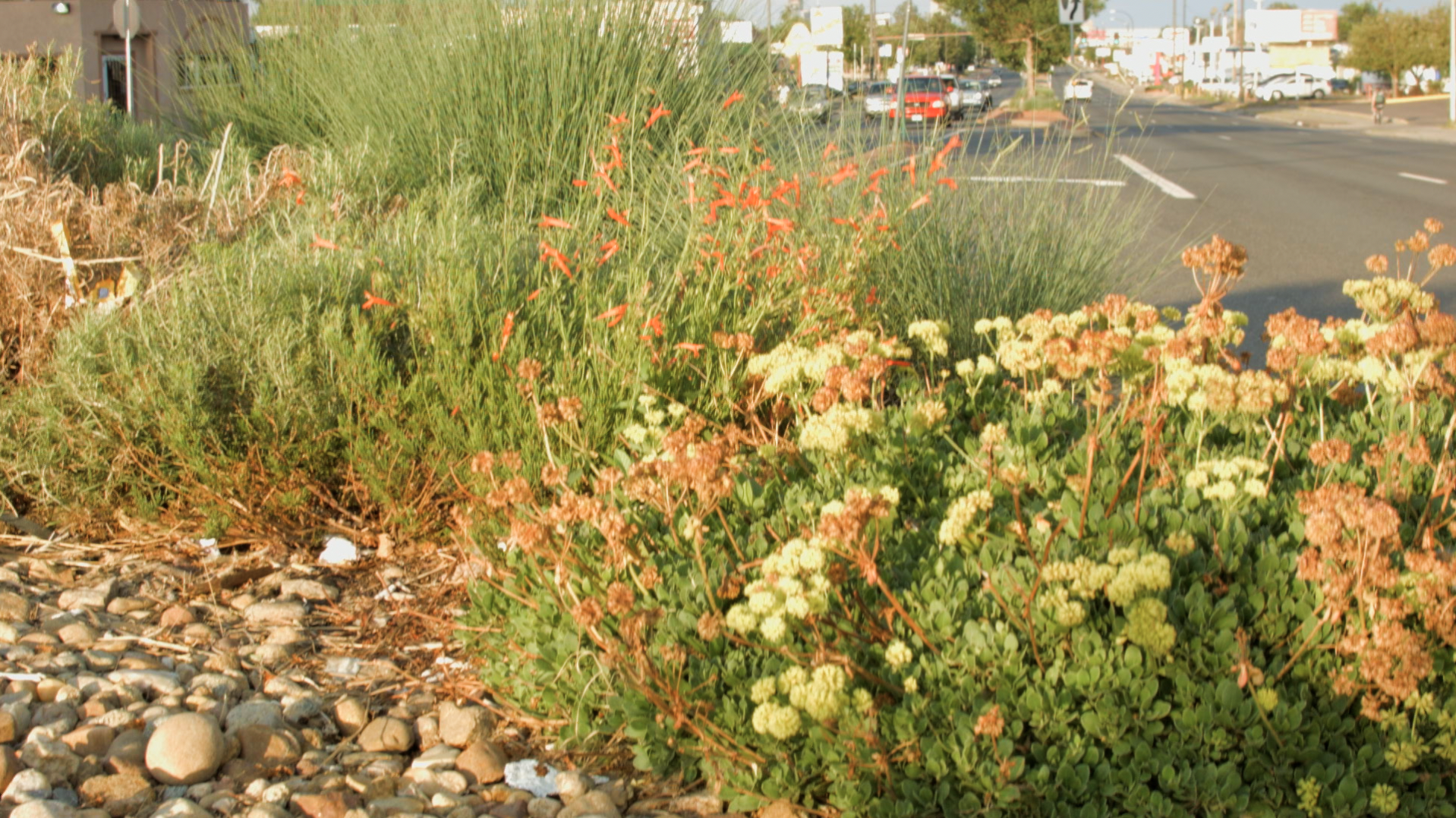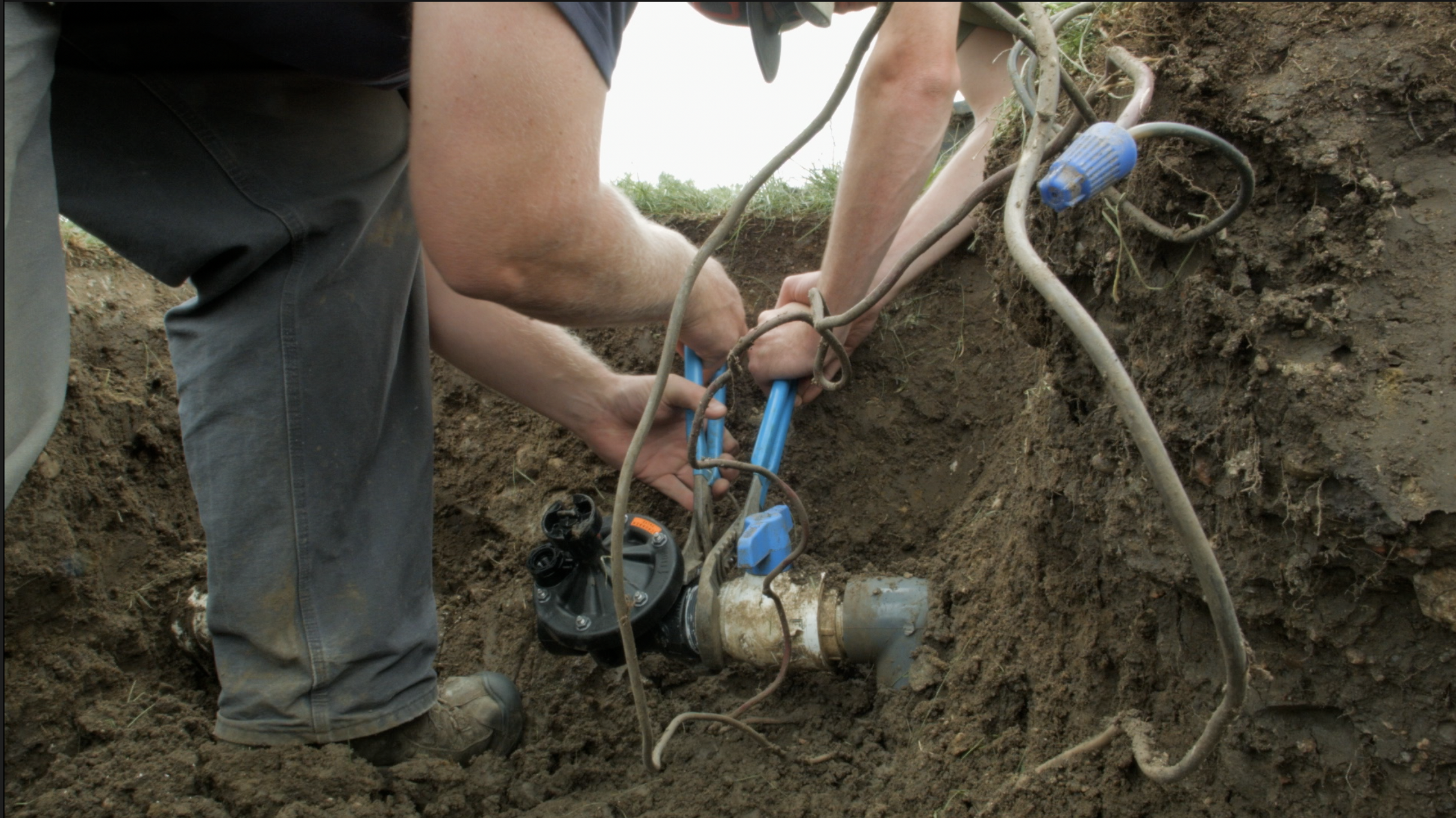
How Lakewood keeps it green when the heat is on
Heading to the park to play, jog or walk the dog — it is a big part of the Colorado lifestyle, but keeping summertime gathering spots healthy in 90-degree heat with very little rain can be a challenge for park managers.
While it may seem like throwing more water on the grass is the best way to handle hot, dry conditions, the secret is having trained horticulturists and water managers who focus on using water efficiently.
“Public spaces, including parks, school and civic buildings account for about 9 percent of Denver Water’s total annual water consumption,” said Mark Cassalia, Denver Water conservation specialist. “People enjoy living in the metro area because of the outdoor spaces, and water is essential to maintaining them.”
Denver Water partners with 10 park and recreation districts across the metro area to promote efficient use of water outdoors.
Lakewood Parks and Recreation, one of the larger parks districts within Denver Water’s service area, took dramatic steps to become a more efficient water user following the drought of 2002.
The city installed a computerized central irrigation system after that drought, and now tracks all of its water consumption in real-time, according to Steve Carpenter, parks manager for the city of Lakewood.
“The system lets us monitor any valve and any watering location in the city,” Carpenter said. “It lets us detect leaks and breaks in our irrigation lines so we can isolate an area and shut it off until it’s repaired.”
The upgrades to its irrigation system, along with monitoring and changing irrigation times based on seasonal needs of different plant material have helped Lakewood cut its outdoor water usage by about 30 percent since 2008 — an annual savings of approximately 28 million gallons.
Denver Water encourages park departments to classify their green spaces into groups based on how the area is used. For example, an aesthetic area like a median should use less water than an athletic field.
“Cities have a variety of green spaces, including athletic fields, grassy areas, medians and gardens,” Cassalia said. “Matching the right plant for the intended use of the space and then knowing the right amount of water for those plants to thrive is the key to watering efficiently.”
After the drought that began in 2002, Lakewood embraced the idea of matching the right plant for the right use and began replacing turf grass in its medians with more efficient, aesthetically pleasing plants that use less water.
“Plant beds in our medians are watered underground so the water goes directly to the roots of plants,” Carpenter said. “Watering underground is much more efficient than overhead irrigation because it reduces evaporation.”
The city also irrigates at night to further prevent evaporation and is also considering removing areas of turf grass in some park locations where other types of low-water landscaping would be a better fit.
“We’re concerned about the growing demand for water in the West with our growing population,” Carpenter said. “That’s why we need to be efficient with the water we have.”
Using water efficiently includes maintaining many miles of irrigation pipes and hundreds of sprinklers that are easily broken.
It’s a daunting task to identify issues like this when managing dozens, or even hundreds of parks, but as Lakewood can attest, technology can help make it possible.
“Technology has improved dramatically over the years, but field workers and managers are still the key to making their parks more water-efficient,” Cassalia said.
Denver Water also partnered with Lakewood to install automated weather stations around the city. The stations send information to the central irrigation system so operators can use less or more water depending on the conditions.
“Lakewood and Denver Water share information and ideas all the time,” Carpenter said. “It’s a great way to help each other and save water.”
Denver Water continues to work with park and public space departments to improve water efficiency. Programs include providing water efficiency reports, offering water efficiency training, promoting irrigation equipment rebates and evaluating use of stormwater and recycled water.
“It’s possible to have healthy parks and be efficient with the water we have at the same time,” Cassalia said. “It’s important to use our resources wisely so we have a reliable source of water for generations to come.”



